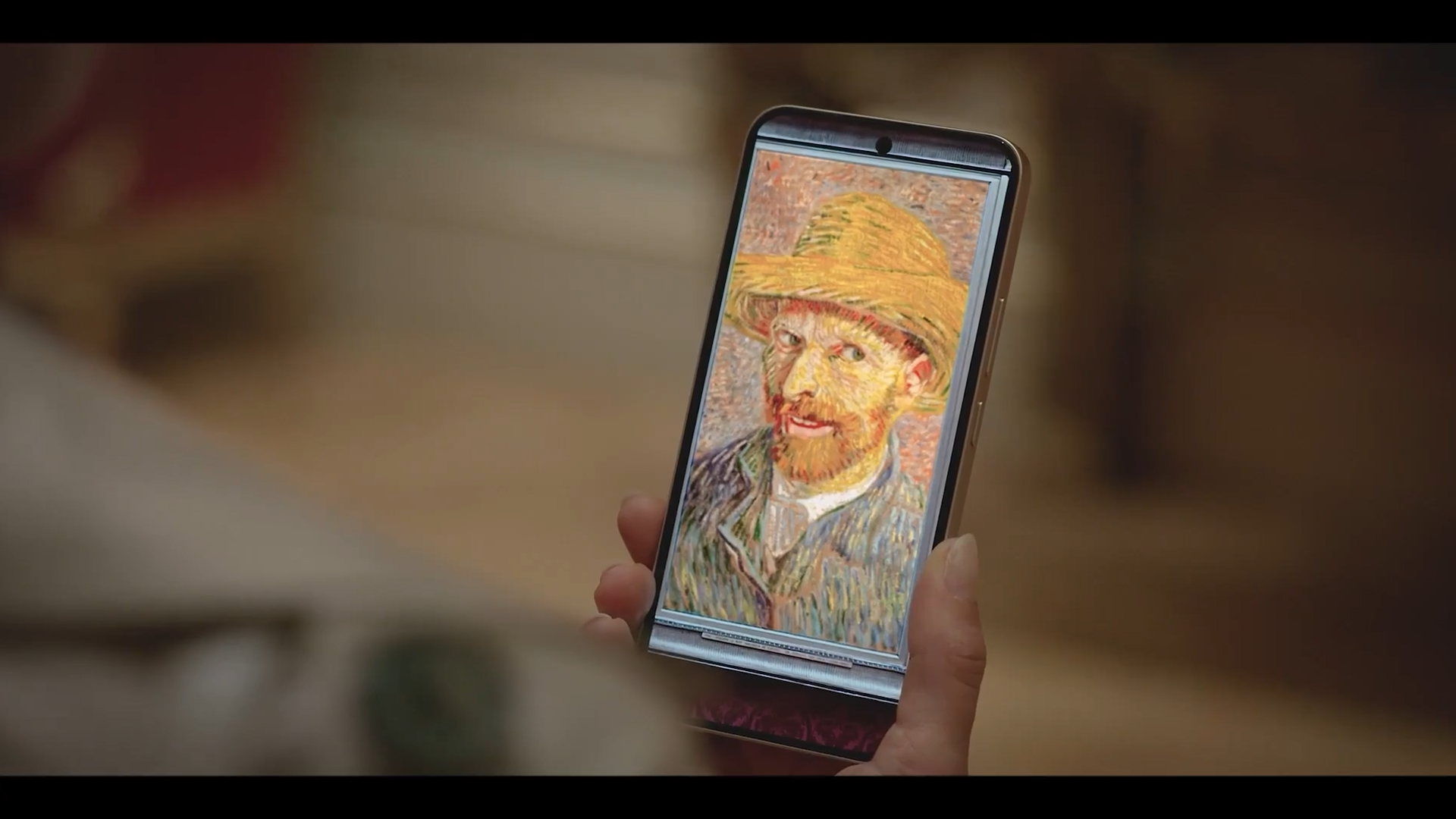The Rise of AI in Creative and Technological Fields
Author: Eric Hal Schwartz

Artificial Intelligence (AI) has emerged as a crucial driver of innovation across multiple sectors, reshaping how businesses operate and how creative content is produced. In the competitive landscape of technology, industry leaders like Google and Meta are pioneering new AI features and tools that leverage machine learning and automated processes. These advancements not only improve efficiency but also enhance user experience, marking a significant shift in the traditional methodologies of content and product development.
A notable development is Google’s introduction of an AI image-to-video feature, which is being implemented on Honor's 400 series smartphones. This feature allows users to seamlessly convert images into dynamic video content, showcasing the potential of AI to augment creativity and streamline video production. As smartphones increasingly become the primary medium for content consumption, such innovations are essential for keeping pace with user expectations and enhancing interaction.

Google's new AI image-to-video feature on Honor smartphones.
In parallel, Meta is transforming content creation through its suite of AI tools designed for automated video creation and editing. These tools empower creators by simplifying complex processes and reducing the time required to produce high-quality content. As AI continues to evolve, it offers aspiring creators access to resources that were previously available only to industry veterans, democratizing content creation in the digital landscape.
As technology evolves, so do the educational pathways for emerging professionals in the field. With a growing demand for skills in artificial intelligence, data science, and cybersecurity, numerous courses are now available for B.Tech students to enhance their qualifications post-graduation. Educational institutions are aligning their curriculums to ensure that graduates possess the necessary skills to thrive in a tech-driven job market.

Meta's AI tools are reshaping content creation.
In addition to content creation, major tech companies are also exploring ways AI can bolster device performance. For instance, Apple is reportedly developing an AI-powered battery management system for its upcoming iOS 19. This feature aims to learn user habits and optimize battery life, particularly crucial for an era where smartphones are used for an array of demanding applications throughout the day.
Moreover, the realm of healthcare and pharmaceuticals is witnessing significant advancements through the integration of AI. The application of informatics and AI in drug discovery exemplifies how these technologies can fundamentally alter traditional research methodologies. A recent webinar featured experts discussing the potential of using AI to streamline drug development processes and enhance accuracy in research outcomes.

The integration of AI and informatics can expedite drug discovery.
Alongside technological and educational advancements, the concept of integrating creativity into business strategies is gaining traction. Former Disney executive Duncan Wardle’s insights highlight the importance of creative leadership in the AI-driven workforce. By fostering creativity and imagination within corporate environments, companies can enhance innovation and adapt more effectively to industry changes.
With AI continually influencing various sectors, from smartphone applications to the pharmaceutical industry and workplace strategies, it is evident that organizations must embrace these technologies to maintain their competitive edge. The resulting synergy between human creativity and artificial intelligence is set to redefine not only how products and content are developed but also how industries interact with their consumers.